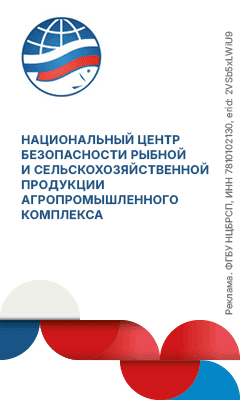Denis Eduardovich, what are the benefits of an insect-based pet diet as compared to traditional pet foods?
Denis Ter-Akopov: First of all, insect-based formulae allow significant reduction of plant proteins in pet foods. Insect-based pet food contains lower amounts of plant-based meal, which means a lesser presence of such protein.
In addition, 97% of insect protein is absorbed, which leaves all competitors behind, especially plant proteins.
Besides that, a high ratio of omega-3 and omega-6 fatty acids, vitamins and minerals should be mentioned.
Another benefit of such foods is chitin. It is a biopolymer that removes hair and pathogenic bacteria causing gastric irritation from the animal’s body. No irritation means no allergies.
Generally speaking, insects are natural bioaccumulators. If the diet of an insect is determined correctly, its chemical composition can be programed depending on requirements for the final formula of a pet food product.
So, what you mean is that insect “programing” allows production of insect-based dietary and therapeutic pet foods, the shortages of which in the market are being widely discussed nowadays. Is that correct?
Denis Ter-Akopov: Right, insect protein is a better source of dietary product than meat, so consumption of such protein is highly beneficial for animals. I can claim with confidence that the future of dietary and specialty pet foods is with this type of protein. European manufacturers also understand the potential of insect-based pet foods, and some brands are already using such ingredients in dog food.
Is it easier to produce insect-based pet foods as compared to traditional meat-based ones?
Denis Ter-Akopov: The main issue here is to process insects into a protein lipid concentrate. It is a multi-stage process, which involves raising, harvesting, drying, and processing insects. That is to say, the same industrial methods have to be applied, as with any other ingredient. Thinking, that it’s just the matter of chopping the bugs into the blender, is the wrong idea.
What types of insects are used in the production of animal feed? Please, tell us about the production process itself.
Denis Ter-Akopov: Our company is a conglomerate of three large, in terms of entomology, farms. At our facilities we are farming two types of crickets, zophobas, mealworm, Turkmen cockroach, and black soldier flies. Each kind of species requires special breeding and processing conditions so they can’t be kept together.
Turkmen cockroach is the most demanding. It takes the longest for him to grow – four whole months, it requires a lot of space and special kinds of feed.
The second is cricket, which needs special kind of feed, convenient automated water dispensers, specially arranged rearing pens and egg-laying medium.
Zophobas and mealworm species are easier to deal with. They require strict adhering to production cycles, but are not so demanding in feed or rearing conditions.
What is the annual production volume of your company? How diverse is your product line?
Denis Ter-Akopov: 19 high-protein pet food brands are currently produced by our company, including the selection of exotic animal food under “reptiles”, “rodents”, and “cats” categories.
However, market volatility, counterparties concerns about fill rate performances, as well as key foreign companies exiting the Russian market made federal retail and distributor networks request for product line extension, which is among our priorities these days.
This year about 12 brands of dry dog and cat foods will be released to the market, as manufacturers tend to focus on ensuring nutritional stability for these groups of animals. We placed an order for 35 tons of dry pet food at contract plants in March 2022 and have already doubled it for April. As for crickets and substitute insects, the production volume of such raw materials varies between 7 and 8 tons of frozen insects per month.
What is the forecast for insect-based pet food market development in Russia?
Denis Ter-Akopov: The insect-based pet food market is rather narrow. But there is confidence, that being a center of competence in the field of insect processing and pet food production and with the support of industry authorities, we will be able to take up to 5-10% of the total dry pet food sales in Russia. According to Mars analysts, the dry pet food market was valued at 600 billion rubles in 2021.









